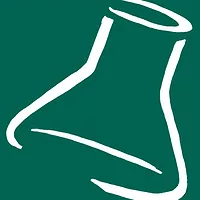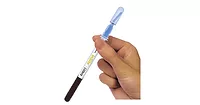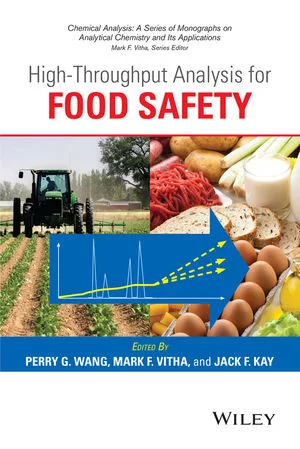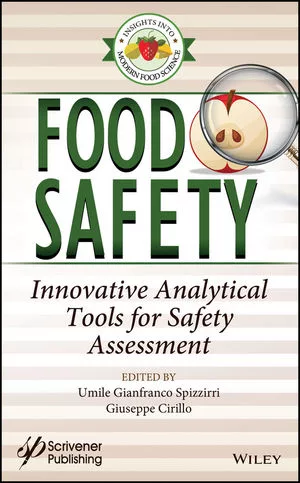Easy-to-Use, Affordable, Same-Day Method for Rapid Detection of Indicator Bacteria
In 6–8 hours, what can current microbiology methods reveal about microorganism levels in products or the cleanliness of a production environment? The answer that has been frustrating food and beverage companies is: nothing! Total viable plate counts (aerobic plate counts/standard plate counts), coliform and Escherichia coli plates are routinely used to estimate microbial load in food samples and surfaces in processing environments, but results are not available for 24–72 hours. Specific bacterial tests using chromogenic media are delayed even longer, and if using an outside laboratory, results are not obtained for 3–5 days from sample collection. Even though “rapid” and automated test systems are available, these methods still take longer than a day, are prohibitively expensive and are too complicated for most companies, so an outside laboratory is used. Scientific limitations of methods, sensitivity constraints, interpretation difficulties, complexity of assays and high costs have left most food and beverage processors using techniques that deliver results up to several days later, even though there is a need for faster results. Now there is a new test platform that is AOAC-RI PTM-validated, extremely easy to use and affordable that allows processors to get results of indicator organisms like coliforms, E. coli and total aerobic organisms in hours versus days. This new platform is called MicroSnap.
MicroSnap is a novel, rapid test system capable of detecting bacteria using a modification of the adenosine triphosphate (ATP) bioluminescence reaction, which most processors are familiar with from routine ATP sanitation monitoring. The new bioluminogenic assay can detect bacteria at low levels in a variety of sample types to give results in 6–8 hours using a low-cost, sensitive, multi-function luminometer (Hygiena EnSURE). The system has been AOAC-RI PTM-validated for the enumeration of coliform and E. coli. A total bacteria format will receive validation in 2014.
New Bioluminogenic Technology…Same Traditional Microbiology Principles
A simple, rapid, low-cost test system that provides results in the same working day or shift is desirable to monitor the quality and safety of food as well as postcleaning surface hygiene. This platform uses the same foundation of traditional pour plates or sample-ready media film with an enrichment step that allows the microorganisms to grow. Then, instead of counting colonies, MicroSnap uses a unique formulation and rearrangement of the ATP bioluminescence biochemistry coupled to specific substrates to detect specific bacteria at low levels in just a few hours. The unique self-contained packaging format de-skills the technology so the test is simple and easy to use in any facility by any user. In addition, the use of this platform reduces costs, especially for facilities using outside laboratories for these quality tests.
Operational Advantages for an RTE Facility
For a ready-to-eat (RTE) processor sending microbiological samples to an outside lab, the 3-day delay of test results was too little, too late. Within 3–5 days of manufacture, product had already been released, sold and consumed, so any results were merely valuable for trending and quality control purposes. Along with the introduction of the MicroSnap platform came several operational advantages: same-day results, enormous cost savings, rapid corrective action to environmental and product contamination, and an overall tighter quality control program. The advantages gained by this RTE facility could be extended to any facility using an outside laboratory, requiring earlier test results, or simply trying to gain better control over microbial monitoring.
Flexible Test System in the Palm of Your Hand
MicroSnap enumerates bacteria in a variety of foods, giving results in 6–8 hours with performance equivalence to the traditional culture method. With information on microbiological quality within the same working day or shift, prompt corrective actions may be taken earlier. The technology can be used for enumeration or presence/absence, and uses the same sample preparation procedures as traditional culture methods. Because MicroSnap test devices detect a wide colony-forming unit (CFU) range, serial dilutions are avoided, saving labor and materials required by traditional methods. These tests detect between 1–10,000 CFU, whereas sample-ready media film typically detects between 10–300 CFU. The test is flexible for environmental sampling with a built-in sample collection swab for assessing surface contamination and environmental hygiene.
MicroSnap test devices are measured on the EnSURE monitoring system, a low-cost luminometer compatible with several tests, including those for:
• Detecting and enumerating specific bacteria (total bacteria, Enterobacteriaceae, coliform and E. coli)
• ATP sanitation monitoring of surfaces and water samples
• Measurement of process indicators: alkaline phosphatase activity in pasteurized milk and acid phosphatase raw meat residues in product and on surfaces
The EnSURE platform provides a multi-functional, affordable system that literally puts food safety in the palm of your hand. To trial MicroSnap on Hygiena’s EnSURE platform, contact Hygiena via 1.888.HYGIENA or info@hygiena.com.
Looking for quick answers on food safety topics?
Try Ask FSM, our new smart AI search tool.
Ask FSM →








